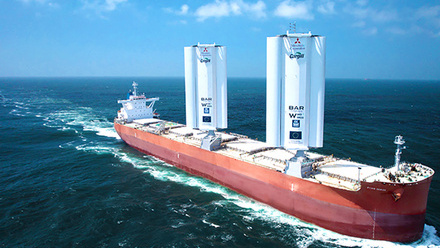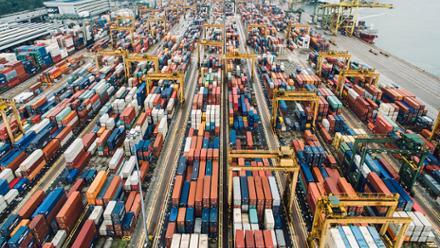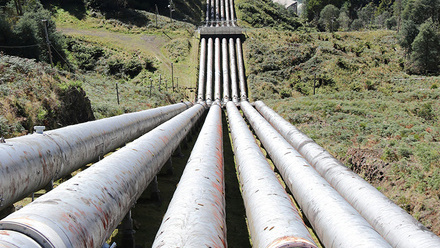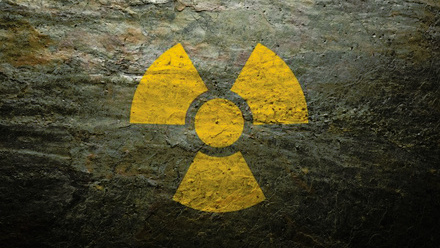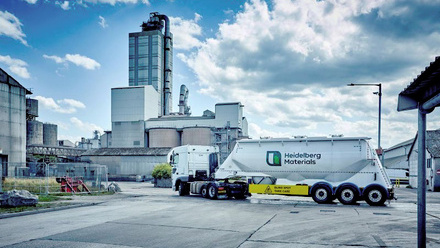Report examines low-carbon maritime fuels
The analysis includes trade-offs between alternatives and traditional fuels.
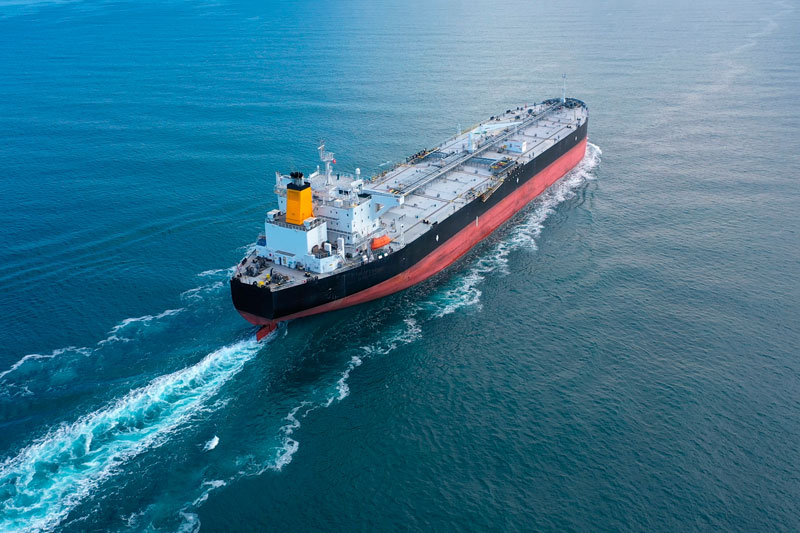
Hydrogen, ammonia, methanol and synthetic hydrocarbons could be used to power ships. The four alternative fuels are examined by the National Engineering Policy Centre to support the UK maritime’s sector transition to net-zero.
The report is aimed at policymakers in the field and highlights suitable locations within the UK that are close to sources of renewable electricity, as well as regions linked to the shipping industry.
The trade-offs indicate hydrogen is the cheapest low-carbon fuel to produce, but it would require significant overhauls in existing fuel infrastructure and ship engines.
Whereas, the report suggests using synthetic hydrocarbons can rely on existing infrastructure, vessels and engines, but it is the most expensive fuel to produce.
It also notes, ammonia and methanol are practical to store on a large scale and easier to transport using existing infrastructure, but additional costs would be required to convert a shipping fleet to operate using these fuels.
Professor Nilay Shah, a lead author of the Low-carbon maritime report, drew attention to the sector's potential. ‘Maritime creates around 3% of global greenhouse gas emissions and is crucial for transporting over 95% of UK imports and exports, according to analysis by the Department for Transport, making it an important sector to decarbonise for a net-zero economy.
'The decisions that UK maritime takes towards a low-carbon future need to be considered holistically, with other parts of the energy system in mind.’
The report feeds off net-zero targets in the Maritime Decarbonisation Strategy.
The Institution of Civil Engineers also contributed to the report.



